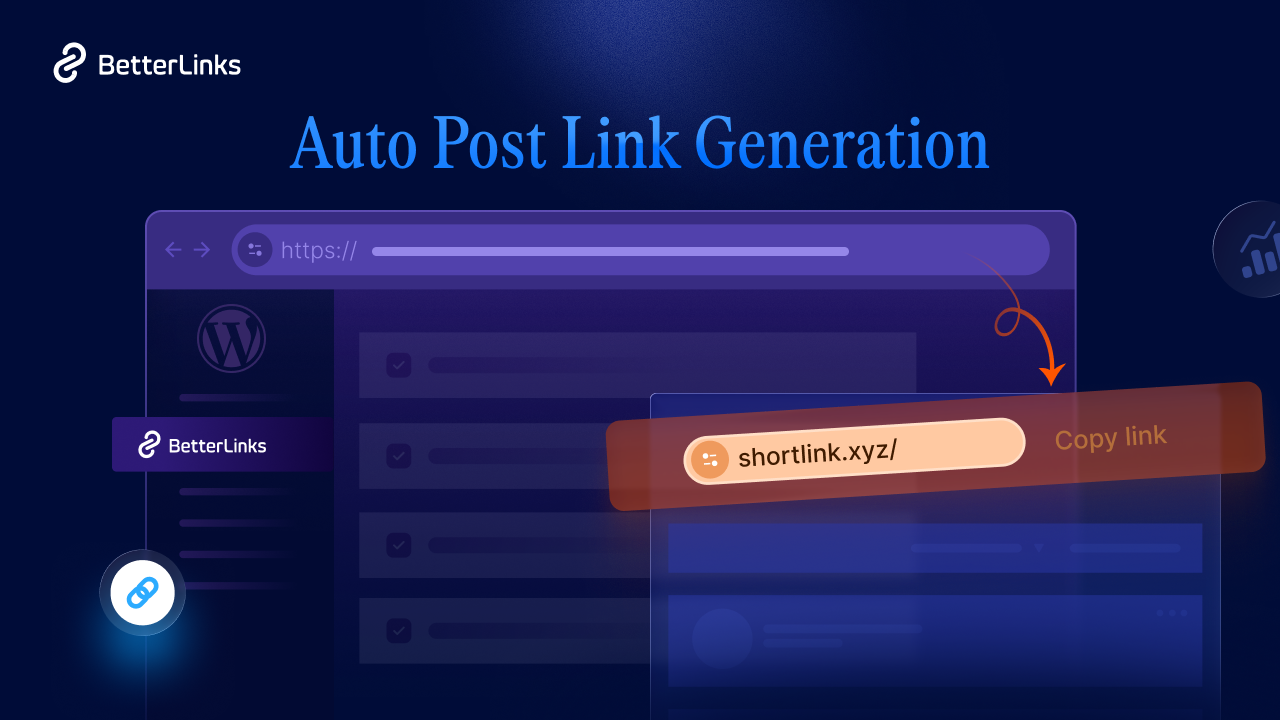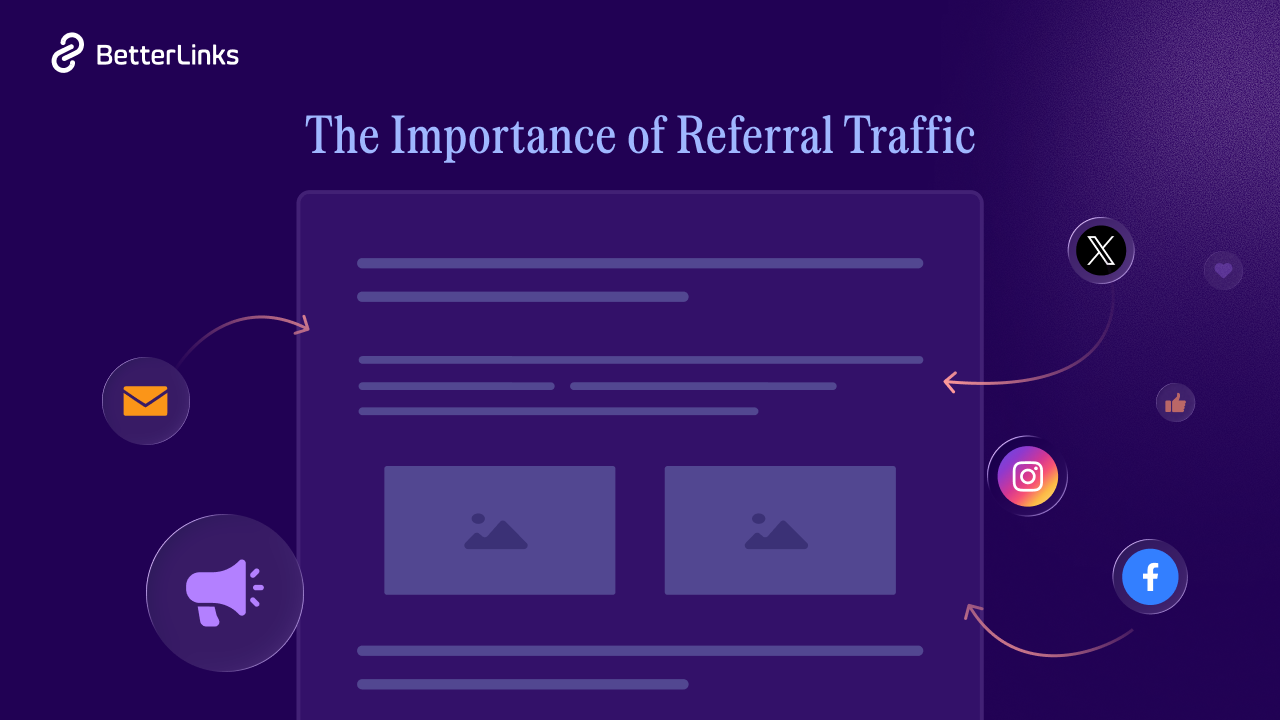As the seasons change, so do the needs and preferences of consumers. Seasonal campaigns are a crucial aspect of marketing strategies, allowing businesses to capitalize on timely opportunities and create relevant, engaging experiences for their audience. Thus, in this blog, we will explore how by creating time based dynamic redirects you can drive sales, boost brand awareness, and cherish customer loyalty.

Understanding Time Based Dynamic Redirection And Its Purpose
Time based URL redirection, also known as time based dynamic redirection, involves redirecting web traffic from one URL to another based on the time when a user accesses the site. This type of redirection is distinct from standard redirects, which are static and do not consider time factors.
The primary purpose of time based dynamic redirection is to enhance user engagement by delivering content that is most relevant at a particular time.
For instance, a business might redirect morning visitors to a webpage featuring breakfast deals, while evening visitors might see dinner specials. Similarly, during holiday seasons or special events like Black Friday, users can be redirected to promotional pages designed specifically for those occasions.
Personalization Based on Time Factors
Time based dynamic redirects allow for significant personalization in web content delivery. By leveraging time factors such as the day of the week or seasonality, businesses can create more targeted and effective marketing campaigns. Here is how this personalization works:
- Time of Day: Different content can be shown depending on whether it is morning, afternoon, or evening. For example, a coffee shop might promote breakfast items in the morning and dessert options in the evening.
- Day of the Week: Businesses can tailor their offerings based on weekdays versus weekends. A restaurant might offer weekday lunch specials and weekend brunch menus.
- Seasonality: During certain seasons or holidays, specific promotions can be highlighted. Retailers often use this strategy to showcase seasonal collections or holiday sales.
- Special Events: For events like Cyber Monday or Valentine’s Day, special landing pages can be created to attract users looking for deals related to those events.
Benefits of Time Based Dynamic Redirects for Seasonal Campaigns
Time based dynamic redirects are a powerful tool for enhancing marketing strategies, especially during seasonal campaigns. By leveraging these redirects, businesses can significantly improve user experience and conversion rates and optimize their marketing efforts.
Enhance User Experience by Showing Relevant Content at the Right Time
Time based dynamic redirects allow businesses to tailor the content users see based on the time of day, week, or year. This personalization ensures that visitors are presented with the most relevant content when they need it most.
For instance, a retail website might use time based dynamic redirects for users to a special holiday promotion page during festive seasons. This approach not only makes the browsing experience more engaging but also reduces frustration by avoiding irrelevant content.
Increase Conversion Rates by Targeting Specific Time-Sensitive Offers

By aligning promotions with specific times or events, businesses can create a sense of urgency that encourages users to act quickly. For example, using phrases like “limited time offer” or integrating countdown timers can prompt immediate action from visitors.
This strategy is particularly effective for time-sensitive offers such as Black Friday sales or end-of-season discounts. The urgency created by these time based dynamic redirects can significantly boost conversion rates.
Optimize Marketing Efforts by Aligning with User Behavior During Peak Seasons
Understanding and leveraging user behavior during peak seasons can lead to more effective marketing campaigns. time based dynamic redirects enable businesses to align their marketing efforts with these behaviors, ensuring that promotional content is displayed when users are most likely to engage with it.
For example, an eCommerce site might promote summer clothing lines during the warmer months and switch to winter wear as temperatures drop. This alignment not only maximizes the impact of marketing campaigns but also enhances overall efficiency by targeting users when they are most receptive.
Driving traffic to seasonal campaigns is a crucial aspect of marketing, especially during holidays like Christmas or Black Friday. With BetterLinks, you can create time based dynamic redirects that guide users to different landing pages based on the time of day or seasonality.
However, what if the link expires? Well, you can use time-based redirects to bring traffic from a page that is no longer valid to the original web page or /home pages by predetermining the time of the redirect.
Understanding Time Based Dynamic Redirection

Dynamic redirection sends website visitors to a different site based on specific factors. These factors could involve a weighted average, where a certain number of users are redirected to one target URL while others are sent to a different target URL. Alternatively, the redirection could be based on the visitor’s geolocation, the device or technology they are using, the time period, and many other considerations.
This feature is particularly useful for seasonal campaigns where you want to display different content or promotions during specific times of the year.
Using time based dynamic redirects for seasonal campaigns offers several benefits. Firstly, it allows you to personalize the user experience by displaying relevant content and promotions during specific times of the year. This can lead to increased engagement and conversions.
Secondly, time based dynamic redirects enable you to automate the process of switching between different landing pages, which can save you time and effort. You can set up multiple redirects in advance and let BetterLinks handle the rest.
Finally, time based dynamic redirects provide you with valuable insights into user behavior during different times of the year. You can track the performance of your redirects and make data-driven decisions to optimize your marketing campaigns.
Advanced Features of BetterLinks for Campaign Optimization
BetterLinks offers a suite of advanced features designed to optimize marketing campaigns effectively. Two key features are split testing with dynamic redirection and analytics tracking. Let us explore each in detail.
Split Testing with Dynamic Redirection
Split testing, also known as A/B testing, is an essential tool for marketers to compare different versions of a webpage or campaign to determine which performs better. BetterLinks facilitates this process through its time based dynamic redirection feature.

- Dynamic Redirects: This feature allows you to split traffic between multiple URLs. You can customize the distribution of traffic, for example, sending 50% of visitors to one page and 50% to another. This setup is ideal for testing different landing pages or offers.
- Setting Up Split Tests: To carry out split tests using BetterLinks, you need to set up your main landing page and offer pages. After creating shortened redirect links for these pages, you can enable the split testing option in the BetterLinks interface. This setup will rotate users between the offer pages based on the percentages you specify.
- Analyzing Results: Once the test is running, you can analyze the performance through BetterLinks’ analytics interface. This tool provides insights into click-through rates, unique clicks, and conversion rates for each URL, helping you identify which version yields the best results.
BetterLinks Provides More Analytical Insights Along with Redirections
Analytics tracking is crucial for measuring the success of your campaigns and refining your strategies.

Built-in Analytics Tool
BetterLinks includes advanced analytics that tracks various metrics such as click-through rates, referrer details, and target URLs. This data helps you understand how users interact with your links and assess the effectiveness of your marketing efforts.
Integration with Google Analytics
For more comprehensive insights, BetterLinks can integrate with Google Analytics. This integration lets you track user interactions with your links in greater detail and make data-driven decisions to enhance your campaigns.
Real-time Data And Reports
The platform provides real-time analytics data and generates detailed reports on link performance. You can monitor high-performing links, track top referrers, and analyze user engagement over specific periods. These insights enable you to optimize your strategies effectively.
We hope you found this blog about time based dynamic redirects helpful and If you want to read more exciting blogs, subscribe to our blog page, and join our Facebook community to get along with all WordPress experts.






